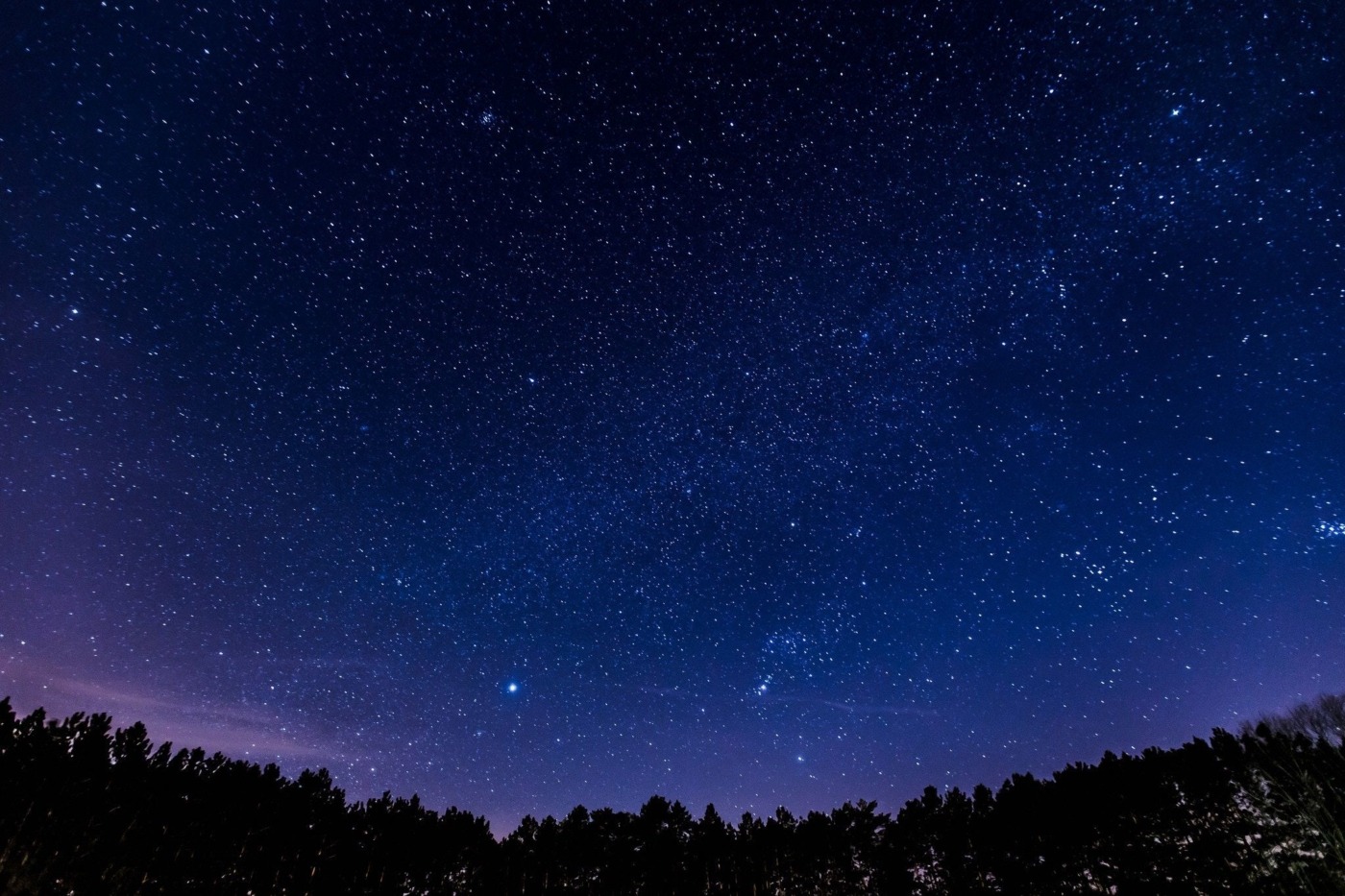Warwick researchers prove that white dwarf stars can turn into crystals
The University of Warwick is no stranger to cutting-edge research, and now a group of scientists from our physics department have been the first to provide direct evidence that white dwarf stars are able to use oxygen and carbon to form crystal cores.
White dwarf stars are currently defined as the final evolutionary state of stars that are not massive enough to become a neutron star. Normally, oxygen and carbon are their main constituents. Conversely, neutron stars are the collapsed core of stars of ten to 29 solar masses. It is thought that around 97% of the stars in the Milky Way will end up as a white dwarf star, including our own sun.
A group of scientists from our physics department have been the first to provide direct evidence that white dwarf stars able to use oxygen and carbon to form crystal cores
While a white dwarf star is extremely hot when it forms, it gradually dissipates energy and cools down over time as it has no energy source of its own. It is during this cooling process that the star can form a crystalline core of oxygen and carbon, as researchers at Warwick, led by Dr Pier-Emmanuel Tremblay and funded by the European Research Council, have now proven. The oldest white dwarf stars, thought to be nearly as old as the Milky Way itself, could be nearly fully crystalline. The discovery is so significant because it could mean that the white dwarf stars that astronomers have been observing for the best part of a century are actually billions of years older than previously thought.
This is because the crystallisation of the oxygen and carbon in the core delays the cooling process of the star. This can be thought of as similar to liquid water turning to ice – simply a phase transition from liquid to solid – only at much higher temperatures. The immensely high pressures and temperatures in the star’s core and a little quantum physics allow this to happen. Due to these harsh conditions, the atoms of oxygen and carbon inside the core are packed so tightly together that their electrons become free. This results in a conducting gas of electrons governed by quantum physics, and the nuclei as a positively charged fluid. As the star gradually cools by around ten million degrees, the nuclei lose sufficient energy that they can begin to solidify. This forms the crystalline core, in which the atoms are nicely ordered. Notably, this means that the star’s radiation, which would initially have had a high colour temperature, diminishes and reddens as the star cools and crystallises.
The immensely high pressures and temperatures in the star’s core and a little quantum physics allow this to happen
The theory of white dwarf crystallisation was hypothesised 50 years ago, but this research is the first to give definitive proof of its existence. This breakthrough was facilitated through using observations taken on 15,000 white dwarf stars with the European Space Agency’s Gaia satellite. The luminosity and colour of these stars, all located within approximately 300 light years of Earth, were studied.
Interestingly, an excess in the number of stars at specific colours and luminosities that did not correspond to any single mass or age was identified. Through comparison to evolutionary models of stars, this excess was found to strongly correlate to the stage in the star’s life cycle in which thermal energy was predicted to be released in large amounts, resulting in a deceleration of their cooling process. It is thought that in extreme cases, the core cooling rate has been reduced by as much as two billion years.
An excess in the number of stars at specific colours and luminosities that did not correspond to any single mass or age was identified
Dr Tremblay said: “This is the first direct evidence that white dwarfs crystallise, or transition from liquid to solid. It was predicted fifty years ago that we should observe a pile-up in the number of white dwarfs at certain luminosities and colours due to crystallisation and only now this has been observed.
“All white dwarfs will crystallise at some point in their evolution, although more massive white dwarfs go through the process sooner. This means that billions of white dwarfs in our galaxy have already completed the process and are essentially crystal spheres in the sky. The Sun itself will become a crystal white dwarf in about ten billion years.”
Billions of white dwarfs in our galaxy have already completed the process and are essentially crystal spheres in the sky
Dr Tremblay added: “Not only do we have evidence of heat release upon solidification, but considerably more energy release is needed to explain the observations. We believe this is due to the oxygen crystallising first and then sinking to the core, a process similar to sedimentation on a river bed on Earth. This will push the carbon upwards, and that separation will release gravitational energy.”
Evidently, this development is a huge step forward for astronomy, and furthers our ability to accurately determine the ages of white dwarfs – some of the oldest stars in the Milky Way. By extension, due to the predictable lifecycle of white dwarfs, this could also be used to determine the ages of neighbouring stars to a higher degree of accuracy.

Comments